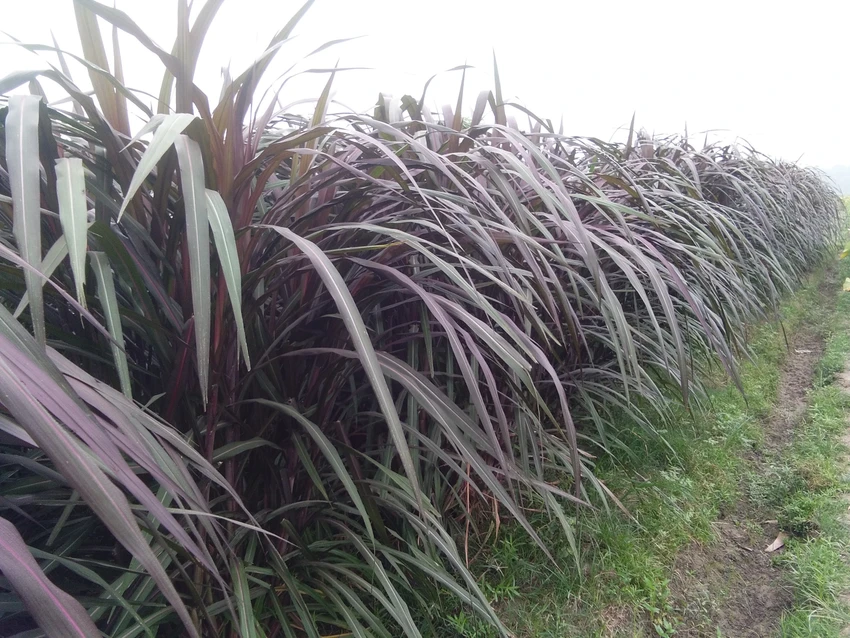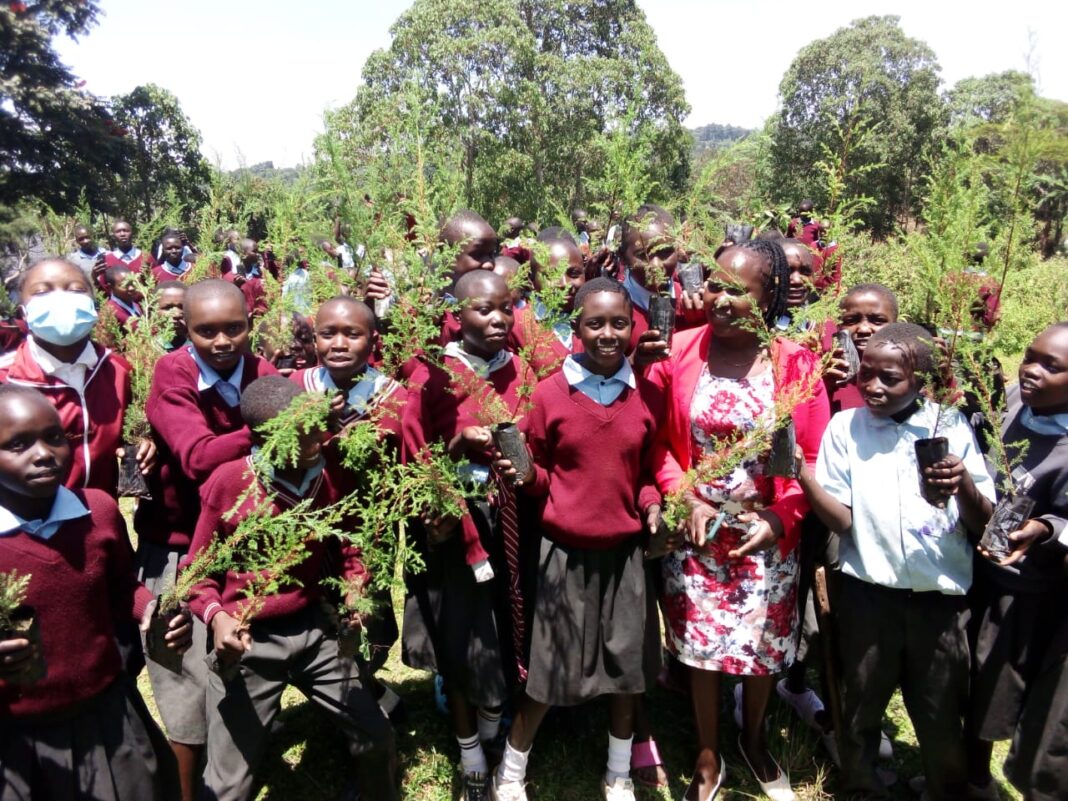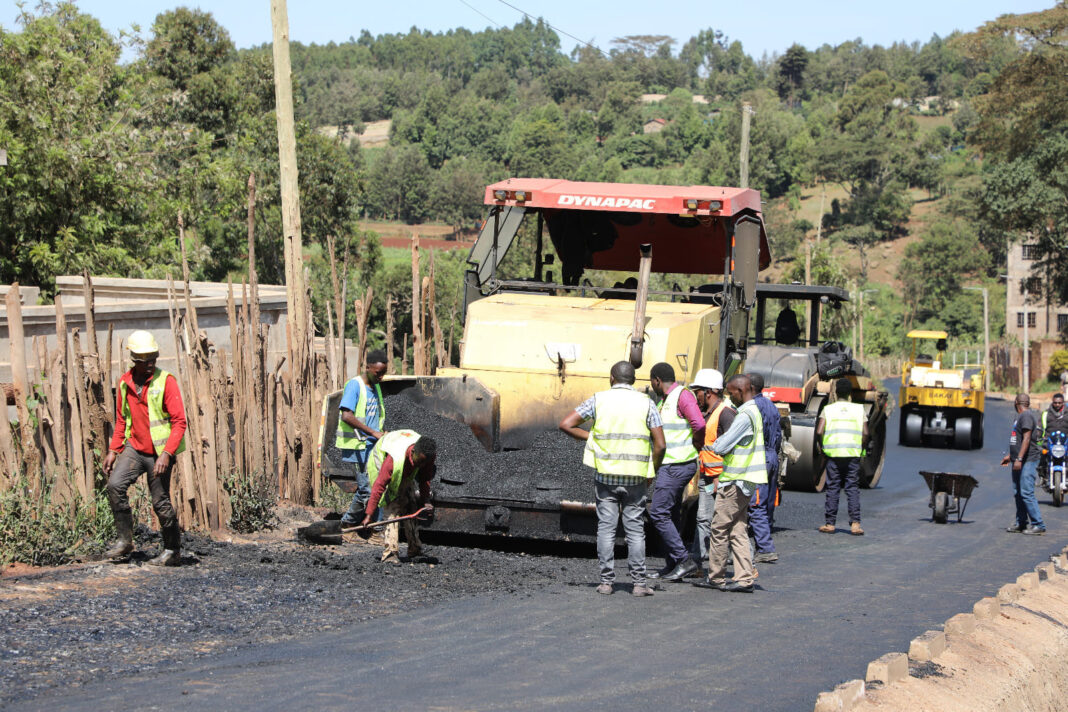Australian red napier grass is rapidly changing the face of dairy farming in Kenya, with Kiambu County leading the transformation.
Praised for its high yield, resilience, and rich nutritional content, the grass has become a game-changer for smallholder farmers seeking consistent fodder and better milk production.
Originally developed in Australia for dryland forage, the crop was introduced to Kenya five years ago through agricultural research partnerships and pilot programs. Its rapid growth, disease resistance, and adaptability to shifting weather patterns have made it a lifeline for farmers grappling with pasture shortages.
In Githunguri Sub-county, 38-year-old dairy farmer Steven Kariuki has seen remarkable results since replacing half of his traditional napier with the Australian variety in 2023. “Before switching, my cows produced about 15 litres of milk daily,” Kariuki said. “Now, with red napier, the average is 25 litres. It’s more nutritious and regenerates quickly after cutting.”
Kariuki’s success has turned him into a regional supplier. He now dries and bales the grass, selling bundles of cuttings at between Ksh25 and Ksh30 each to farmers in Murang’a, Kajiado, Nyandarua and even across borders into Uganda and Tanzania.
“I never imagined I’d be exporting grass,” he said. “Farmers from drier areas love it because it stays green longer.” According to the Kenya Agricultural and Livestock Research Organization (KALRO), Australian red napier contains up to 16% crude protein, compared to around 10 percent in conventional varieties. It also matures within 75 days and can be harvested up to eight times a year.
Dr Grace Mwangi, a livestock nutrition specialist at KALRO, said the grass could significantly lower feed costs, which account for over 60% of dairy expenses.
“High-quality fodder like red napier reduces production costs while increasing milk output sustainably,” she explained. County governments, led by Kiambu, are now promoting the crop through extension training programs to help farmers adopt modern cultivation and preservation practices.
For Kariuki, the crop has evolved from a feed solution into a profitable agribusiness. “It’s more than fodder—it’s a future for dairy farmers,” he said.
As Kenya’s dairy industry adapts to modern farming trends, Australian red napier grass stands out as a symbol of innovation, sustainability, and local resilience.






